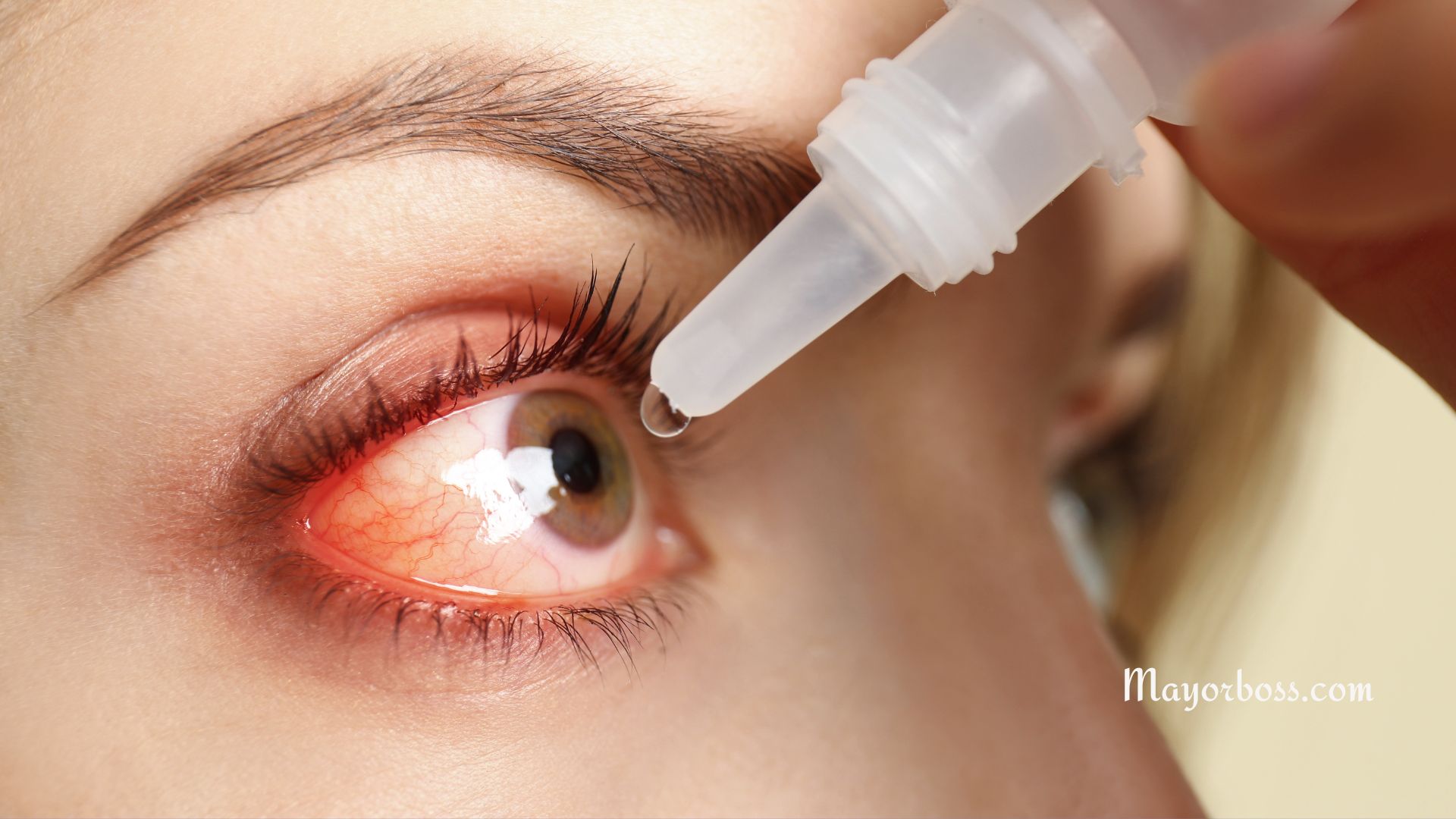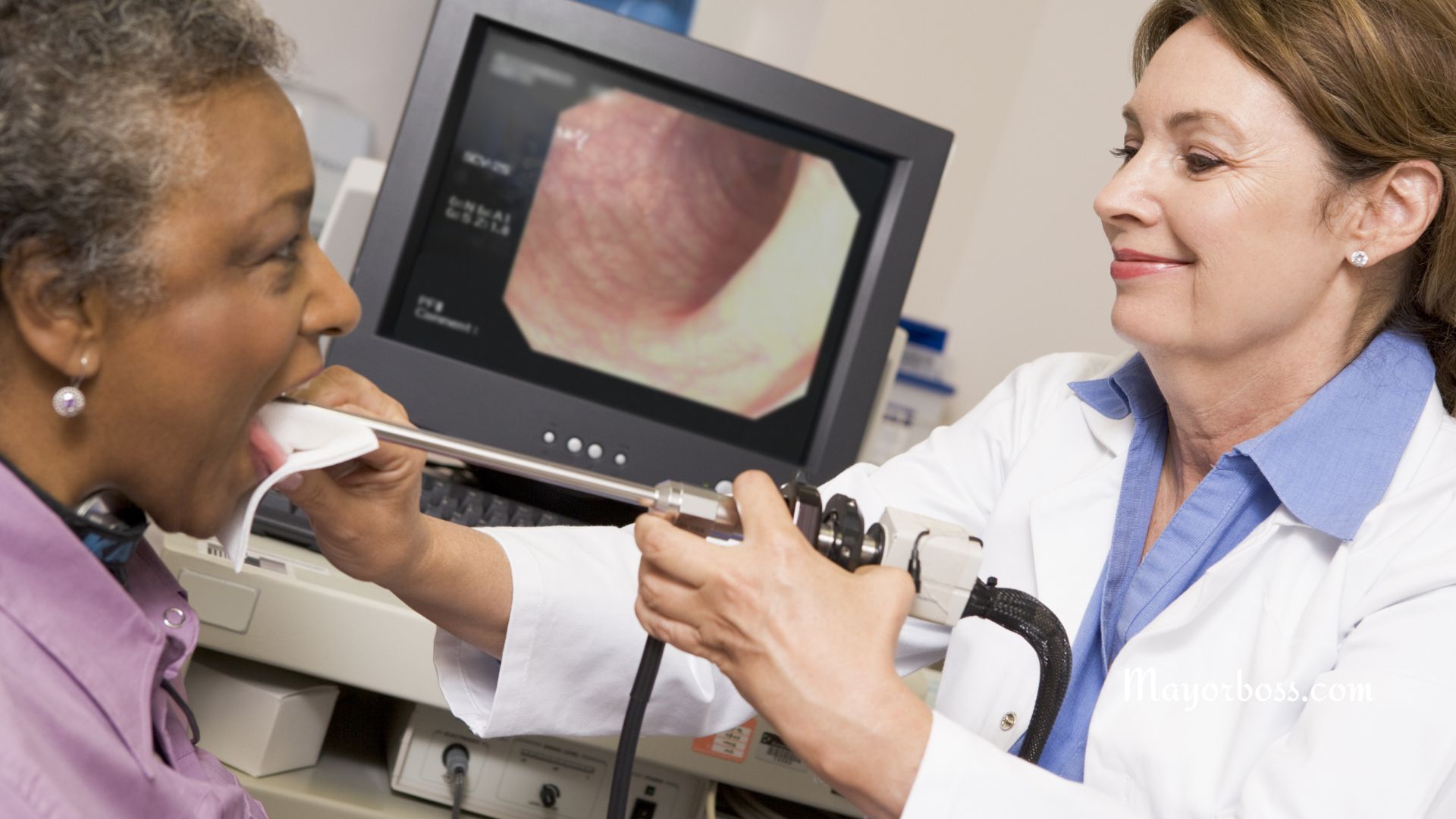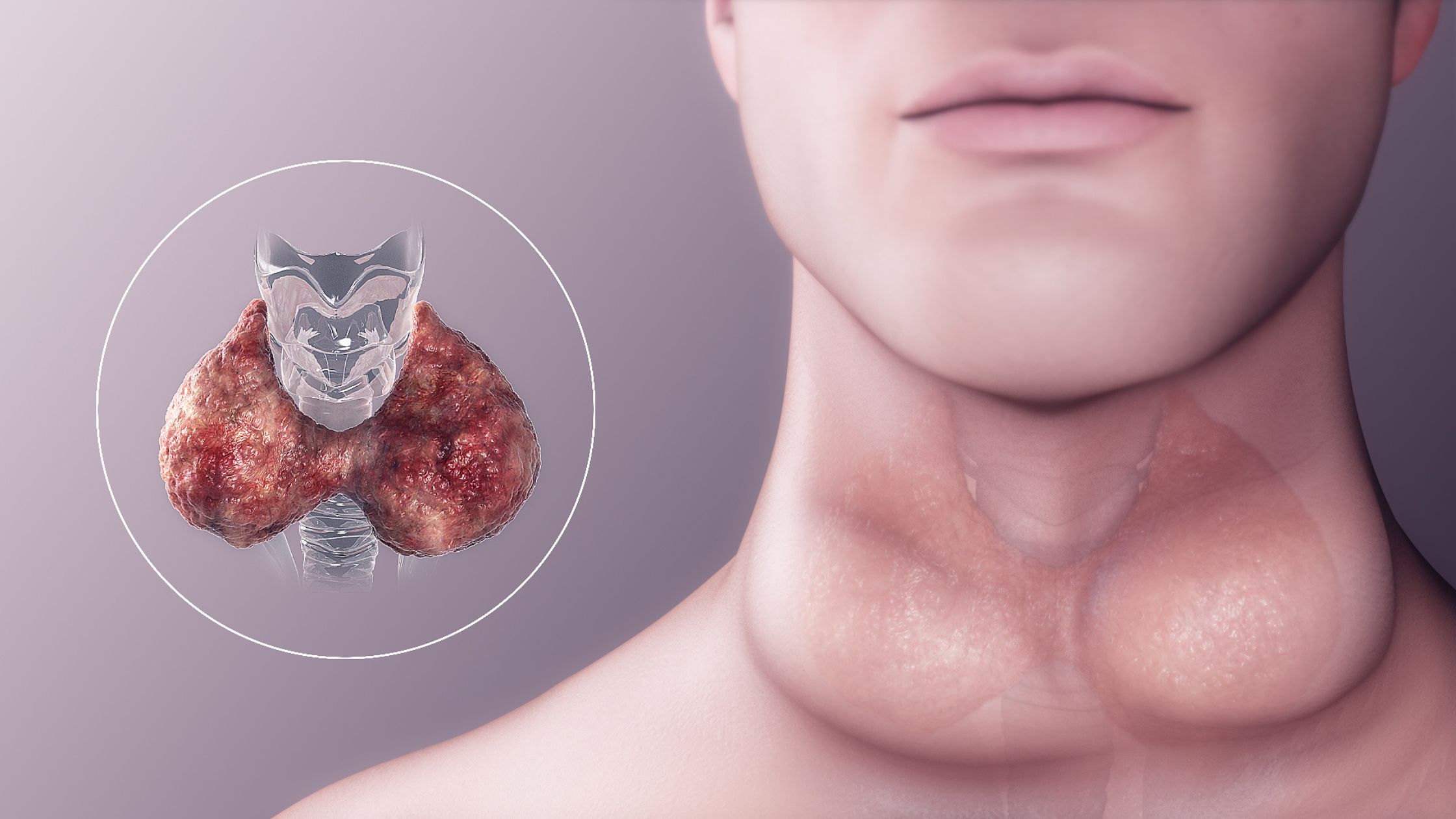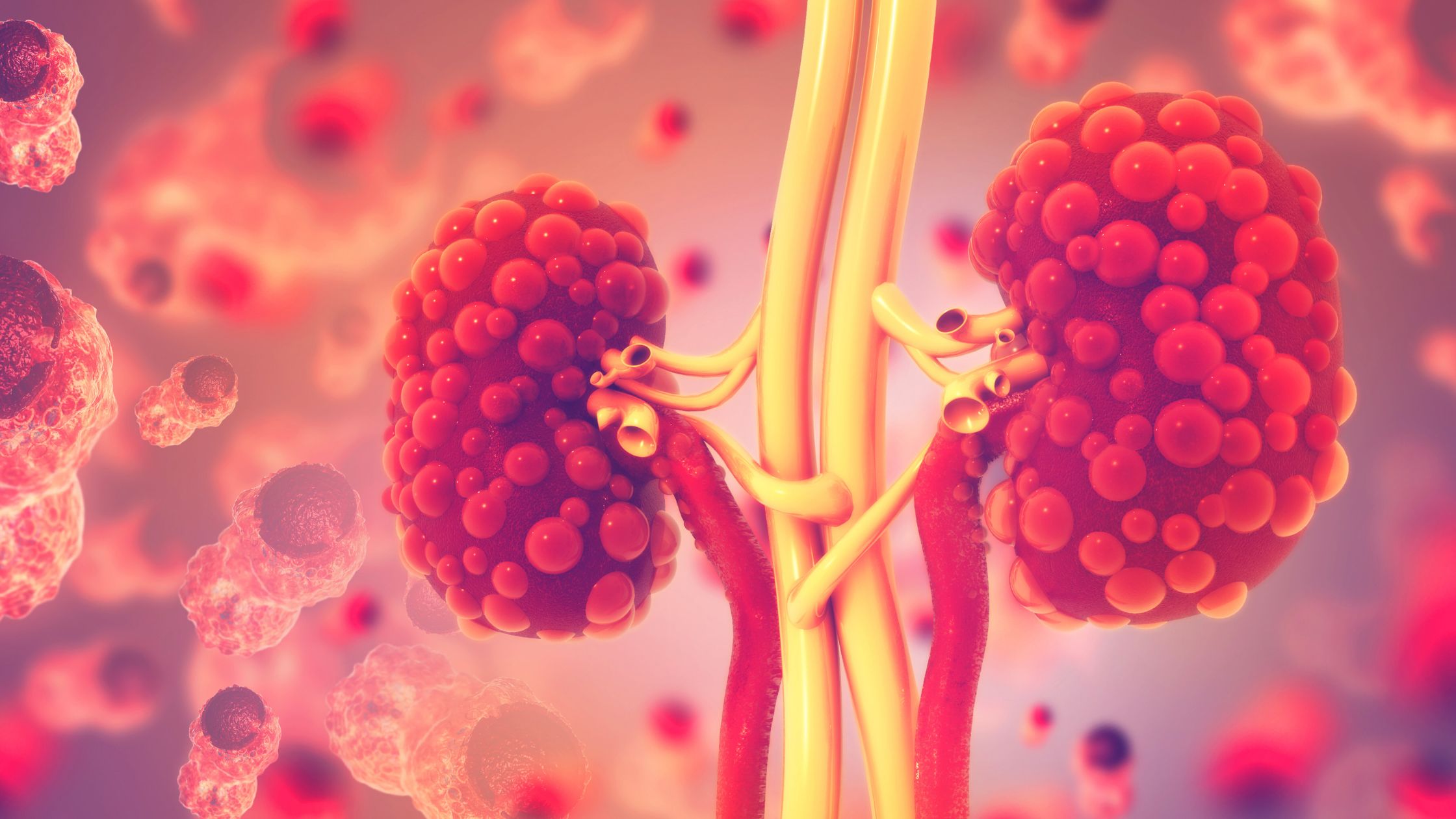The Signs of Pink Eye
Summary: Pink eye, also known as conjunctivitis, is an inflammation of the eye’s outer layer. It can result from a viral or bacterial infection, allergies, or irritants. Common symptoms include redness, itchiness, and discharge from the eye. This article will delve into the various signs, causes, and how to manage this condition.

What Is Pink Eye?
Pink eye is a common eye condition that affects the conjunctiva, the transparent membrane that covers the white part of your eye and lines your eyelids. When the tiny blood vessels in the conjunctiva become inflamed, they make the eye appear pink or red. So, what makes pink eye happen? Mainly, three factors can be responsible: infections, allergies, or exposure to irritants.
Signs You Might Have Pink Eye
Red or Pink Eyes
One of the most obvious signs is a reddish or pinkish hue in one or both eyes. You’ll notice this discoloration mainly in the whites of your eyes.
Itchiness and Irritation
Feel like you can’t stop scratching your eyes? Itchiness is another prevalent symptom. This can become particularly bothersome, especially if you’re out and about.
Watery Eyes
If your eyes are more watery than usual, that’s another indication. You might find that you’re constantly wiping away tears.
Discharge
Perhaps you wake up with crusty eyes, or you notice a yellow or green discharge throughout the day. This is a sign that you’re dealing with a more serious form of pink eye, likely due to bacterial infection.
Sensitivity to Light
Notice that you’re squinting more often or avoiding bright lights. Increased light sensitivity is another symptom that can accompany pink eye.
Causes of Pink Eye
Viral Infections
The most common type of pink eye is caused by viruses similar to those that cause the common cold. This form is highly contagious and can easily spread from one eye to the other.
Bacterial Infections
Bacterial pink eye is also contagious and occurs when bacteria enter the eye or area around the eye. Examples of bacteria responsible for this are Streptococcus pneumoniae and Staphylococcus aureus.
Allergic Reactions
Allergic pink eye occurs when your body reacts to allergens like pollen, dust, or animal dander. This form is usually accompanied by other signs of allergies, such as sneezing and a runny nose.
Environmental Irritants
In people with sensitive eyes, exposure to smoke, fumes, or chemicals can trigger pink eye. This form is not contagious but can be quite uncomfortable.
Managing Pink Eye
Self-Care at Home
If you suspect you have pink eye, try applying a cold or warm compress to the affected eye. Make sure to use a different cloth for each eye to prevent the spreading of the infection.
Over-the-Counter Solutions
You can find relief with over-the-counter eye drops formulated for redness and irritation. However, it’s important to consult a healthcare provider.
Professional Medical Care
In cases of bacterial pink eye, antibiotics in the form of eye drops or ointments may be prescribed. For allergic pink eye, antihistamines might be recommended.
Preventive Measures
To avoid spreading pink eye, wash your hands frequently, avoid sharing personal items like towels or makeup, and stay away from public places if you have the contagious form.
So, if you’re experiencing any of these symptoms, it’s crucial to talk to a doctor. The sooner you address the issue, the quicker you can find relief and prevent the spread of the condition to others.
Frequently Asked Questions
What Should You Do If You Think You Have Pink Eye?
If you suspect you have pink eye, it’s essential to consult a healthcare provider for an accurate diagnosis and appropriate treatment plan. Meanwhile, refrain from touching your eyes and wash your hands regularly to prevent spreading the condition. Over-the-counter eye drops may offer temporary relief, but they are not a substitute for professional medical advice.
Is Pink Eye Contagious?
Yes, pink eye caused by viral or bacterial infections is highly contagious. It can spread through direct contact, shared objects like towels or makeup, or even through the air when someone with the condition coughs or sneezes. However, pink eye due to allergies or irritants is not contagious.
Can You Go to School or Work with Pink Eye?
If you have a contagious form of pink eye, it’s best to stay home until you’re no longer infectious to protect others. For viral pink eye, this usually means waiting until the symptoms have improved, typically within 3–7 days. For bacterial pink eye, you can usually return to school or work after 24 hours of starting antibiotic treatment.
How Can You Prevent Pink Eye?
Prevention strategies primarily focus on hygiene. Wash your hands frequently and avoid touching your eyes. If you have pink eye, do not share personal items like towels, pillows, or eye makeup. In cases of allergic pink eye, avoiding allergens such as pollen and animal dander can help prevent symptoms.






